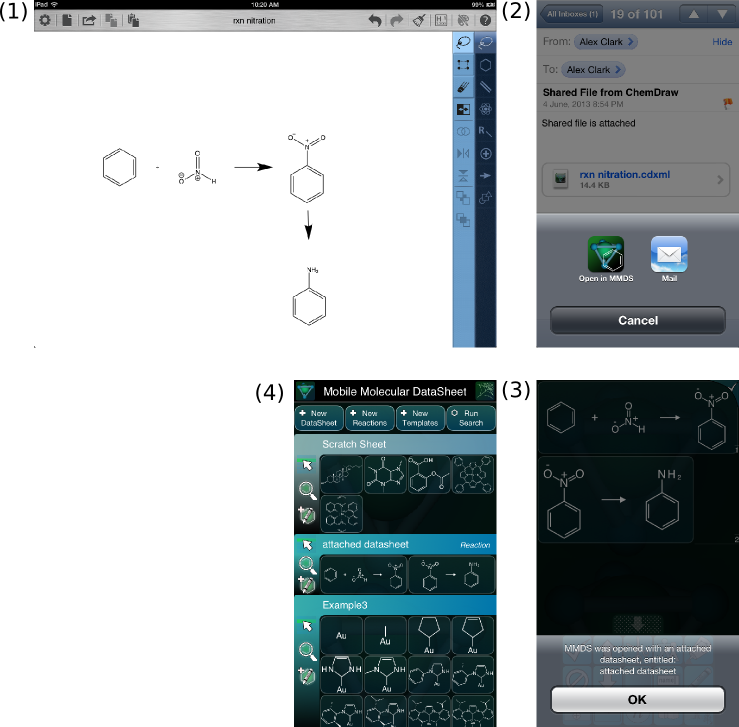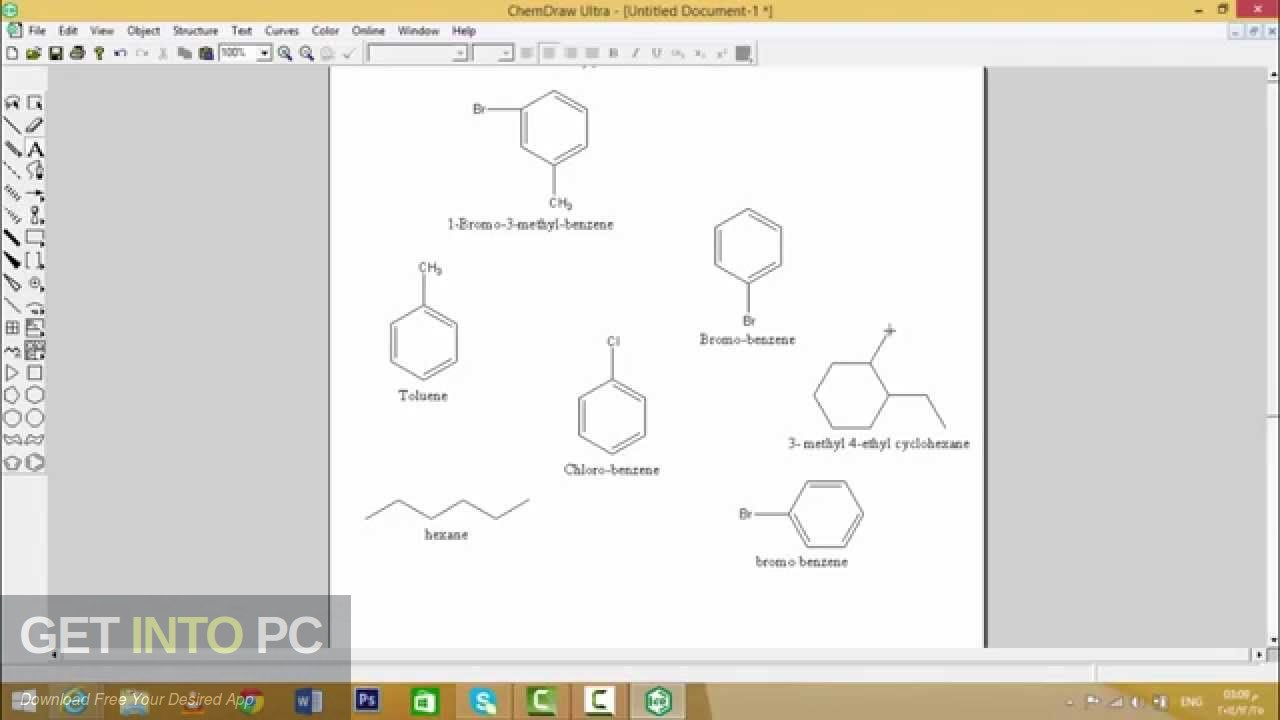

Participants were provided with either printed 2D ball-and-stick images of mols. geometries was assessed through 102 one-on-one interviews with undergraduate students. on spatial cognitive skills as related to mol. is outlined along with suggestions and guidelines to aid practitioners wishing to implement a similar approach. enhanced learning and assessment methodol. Finally, the potential widespread applicability of this aligned, technol.

The rationale behind this case study, its implementation and evaluation are described and discussed. technol., online MCQs hosted though a secure virtual learning environment, was used as an aligned assessment methodol. Personal response devices enhanced in-class activity involvement, while PeerWise provided structure and support for independent student learning through defined outside class activities. through creating, analyzing, answering and discussing multiple choice questions. Clickers) and PeerWise (), were implemented to achieve scaffolded, self-directed independent learning by the students which aligned to the assessment methodol. The peer learning technologies Personal Response Devices (a.k.a. Multiple choice questions (MCQs) were central to all these technologies. This paper describes how three technologies were utilized in combination to align student learning and assessment as part of a case study. This self-assessment opportunity was previously missing for students that did not attempt in-class problems. If the problem was answered correctly, students already understood the related material, while an incorrect response showed areas that needed to be reinforced. Students were awarded points whether they submitted a fully correct response or one with errors in it, and it was posited that, by attempting to solve the problem, students could engage in self-assessment. By using Flick-to-Share and giving students two points per class period for submitting their responses to in-class problems, student participation increased to 100% engagement in problem solving during class. The other half of the students waited to copy the instructor’s answer to the problem. During the year prior to adopting ChemDraw for iPad, when iPads were first employed in introductory organic chemistry and the instructor walked around the room, it became apparent that, when students were given time to work on a problem in class, only about half of the students in class would participate. In subsequent classes, the iPad was a required element for the course. During the pilot testing, iPads were loaned to the students to take with them for the duration of the semester. All of these were tested with each student having an iPad in classes of 18–45 students. Most of these methods continue to be used on a regular basis, while others have been discontinued. ChemDraw for iPad has been employed in several ways during the five terms that it has been used in class (from summer 2013 through fall 2014) at UIS.


 0 kommentar(er)
0 kommentar(er)
